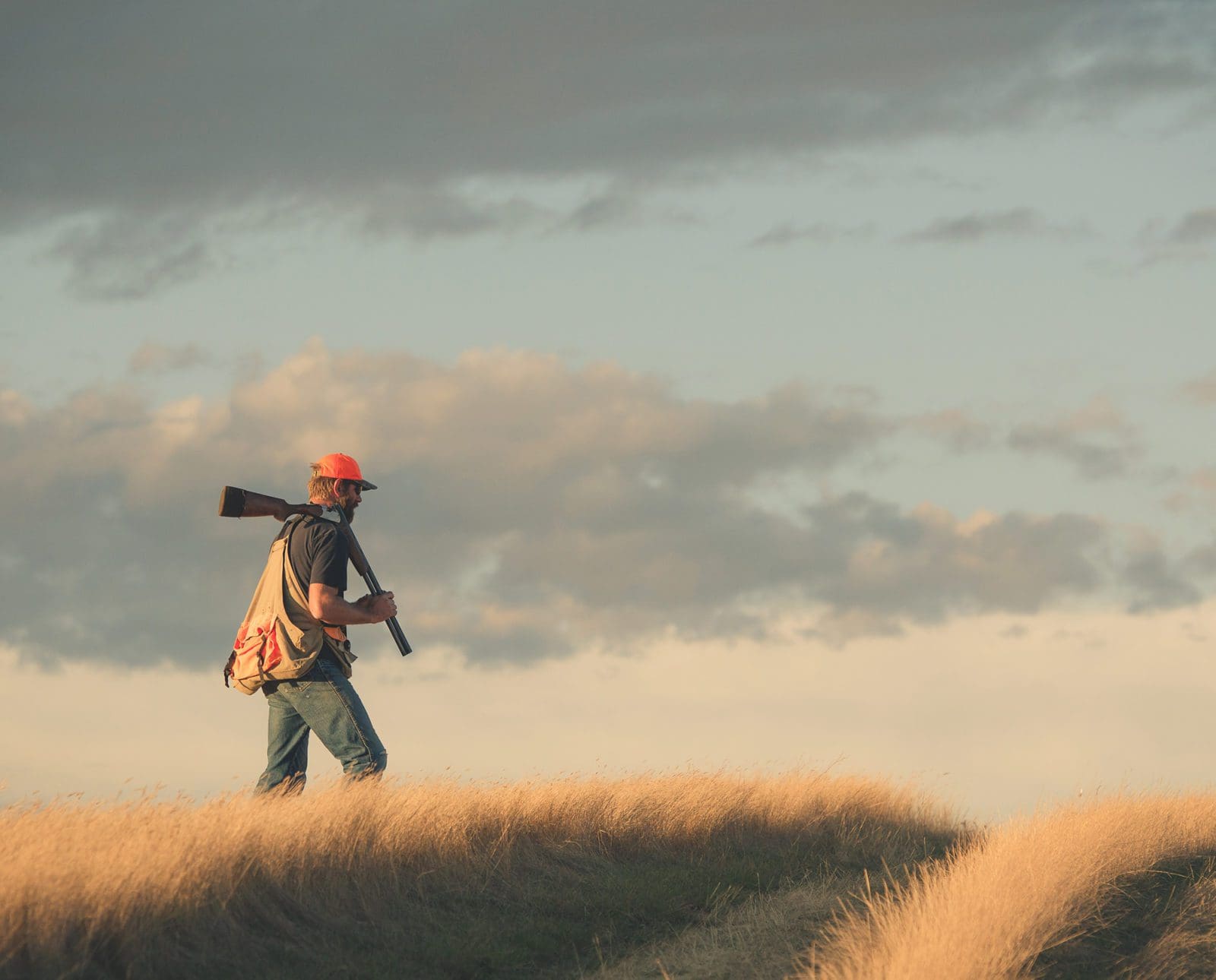Home » Hunting Policy » ‘North American Grasslands Conservation Act’ Gaining Traction on Capitol Hill
‘North American Grasslands Conservation Act’ Gaining Traction on Capitol Hill

Andrew Spellman is an award-winning photojournalist and author. A 2017…
A piece of legislation with large-scale implications currently titled the ‘North American Grasslands Conservation Act’ is picking up steam on the Hill
There’s some motion on Capitol Hill as multiple nonprofits and NGOs work tirelessly to get a bill out that would enhance grasslands and, in the process, bolster dwindling populations of songbirds and prairie grouse.
With the working title of the North American Grasslands Conservation Act, Pheasants Forever and Quail Forever is one of the organizations at the tip of the spear working with legislators to write the language of the bill.
“We’re closer,” PF and QF Director of Government Affairs Bethany Erb said. “We don’t have language yet but we hope to see a first draft in the next couple of weeks.”
The Act comes a few months after the organization’s release of its Call of the Uplands campaign which has set a lofty – but attainable – goal of raising $500 million to conserve 9 million acres, most of the attention focusing on the middle third of the country where the majority of grasslands are located.
Currently, eight organizations have signed on to officially endorse the legislation alongside Pheasants Forever and Quail Forever: the National Wildlife Federation, Backcountry Hunters and Anglers, the Theodore Roosevelt Conservation Partnership, National Deer Association, North American Grouse Partnership, Land Trust Alliance, Izaak Walton League of America, and the World Wildlife Fund.
The bill also comes at a time when bipartisanship in the face of conservation is rising and the Biden Administration’s 30 by 30 plan is beginning to grow more teeth. The need for a comprehensive piece of legislation is also present, as 53 million acres of grassland habitat have been lost in the last decade. Further, pheasant populations have plummeted by 70 percent since 1970, bobwhite quail have declined by 83 percent from 1966 to 2017, and grassland bird populations have declined by 53 percent since 1970. And with the lesser prairie chicken’s proposed listings on the table – something that will likely happen after the extended public comment period ends in September – the stakes are higher than ever to support a suite of birds in dire need of conservation efforts.
When asked how the legislation would help, Erb noted massive benefits for all components of the ecosystem.
“We believe the grasslands deserve greater consideration as everything from a component of natural infrastructure to climate resiliency – that grasslands are vastly beneficial for all Americans, not just upland hunters,” she said. “To put together a policy that conserves and enhances grassland areas and the sagebrush ecosystems is going to create more huntable populations and will help sequester carbon. Our proposed legislative framework is entirely voluntary and additive to farming and ranching operations which was a very important component for us. We feel it’s the ecological solution to many conservation conundrums we’re in right now.”
From media already released about this potential legislation, such as a co-written op-ed in the Wichita Eagle, the North American Grasslands Conservation Act resembles the 1989 North American Wetlands Conservation Act (NAWCA). Erb confirmed this, saying that the coalition intends to “create an enduring program for grassland species.”
According to a 2020 report in The Hill, then, NAWCA was responsible for supporting $1.6 billion in federal grants which were converted into $6 billion after matching non-federal and private partnership funds. It also had supported 2,900 projects on over 30 million acres of wetlands and grasslands in each state. Further, the legislation created 7,500 jobs annually throughout its 30-year life which generated $200 million in earnings. NAWCA was reauthorized in 2019 as part of the America’s Conservation Enhancement (ACE) Act, which will provide $60 million for five years where it will once again face reauthorization. The success of NAWCA should prove beneficial to the passage of an already bipartisan movement in Congress, with several members of both houses working on drafting the bill.
Additionally, an important piece of the framework mentioned above is a private landowner incentive program, which would focus on restoring native grasses and controlling invasive species among other priorities. With the recent capacity expansion, increased rental rates, and new incentives within the Conservation Reserve Program (CRP), the Act put additional arrows in a growing quiver.
This is a developing story and will be updated when new information is released.
Andrew Spellman is an award-winning photojournalist and author. A 2017 graduate of West Virginia University's Reed College of Media, Andrew's work has appeared in multiple newspapers and magazines. He is also an avid hunter and angler who enjoys chasing varying game in his pocket of Appalachia.




So, are we going to prohibit solar farms, wind turbines, overhead power lines, lithium brining, rare earth minerals extraction and the like? If the coastal elites have their way (they will if history is a guide), we’ll need these grasslands as sites for “renewables”.
Must have missed the part about any energy being mentioned… Not surprised to see someone turn a bipartisan initiative into some partisanship zero-sum game with no mention of facts but nearly some feelings. Hopefully, we can all let science lead the way especially when it comes to our wild species and spaces.